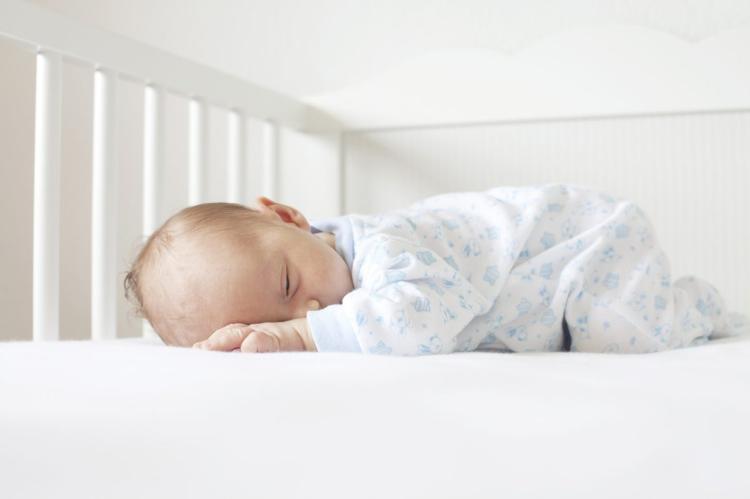At the Jadestone apartment complex in west Houston, a toddler climbed into his younger brother’s crib, resulting in the death of the little boy.
The tragic accident is still being investigated.
The little boy passed away after the firefighters and police arrived at the family’s home at around 7:20 p.m, Tuesday.
According to police, the boy’s father put him and his 2-year-old brother into separate beds but somehow they were both in the crib when the father checked again 30 minutes later.
Apparently, the older brother got into the crib to sleep with his brother and the younger boy was smothered as the two slept.
The result of the autopsy has not been revealed as yet.
The medical examiner said that it could take a bit of time to determine the official cause of death.
Tips to Help Prevent Sudden Infant Death Syndrome
Sudden Infant Death Syndrome (SIDS) or crib death is when a baby 12 months or younger dies during sleep with no warning signs or a clear reason. Researchers have learned a great deal about SIDS in recent years but they still do not have a definitive answer to what actually causes it.
While SIDS can occur outside of cribs, it is also known as crib death because it happens most often during sleep and it is usually between the hours of 10 at night and 10 in the morning.
Although there is no certain way to prevent SIDS, there is a lot you can do lower your baby’s risk of infant mortality.
- Always place your baby to sleep on his back during naps and at night time.
- A baby’s risk of SIDS is much higher any time he sleeps on his side or stomach. Laying a baby on his side is considered safe by some however a baby placed on his side can roll over on his stomach.
- Laying baby on his side or stomach put your baby’s face in the mattress or sleeping area, which can smother him. When a baby sleeps tummy-down, he’s more likely to overheat, have pauses in breathing, and rebreathe the air that he has just exhaled, which lacks oxygen.
- Put your baby to sleep on a firm, flat mattress with no pillow or toys and nothing but a fitted sheet under him. A number of studies link soft sleeping surfaces, such as cot bumpers, quilts, comforters, sofas and water beds to a higher risk of SIDS.
- Do not let baby get too hot. If you notice any sweating, flushed cheeks or a heat rash baby could be getting too hot. Ensure that the room is at a comfortable temperature and dress baby lightly. Do not cover your baby’s face or head with hoods or hats.
- Do not use any sleep positioners, wedges or special mattresses claiming to reduce the risk of SIDS. There is no evidence supporting that they are safe and these may even cause suffocation if a baby slides down under a blanket.
- Do not let anyone smoke around your baby. Even smoking while you are pregnant is a major risk factor for SIDS!
- Do not let your baby sleep for extended periods in a stroller, swing, car seat or sling – especially for babies under four months of age as they may suffocate if their head rolls forward too much. When carrying your baby in a sling or infant carrier, make sure that his nose and mouth are clear and not pressed against the fabric or your body.
- You can also reduce your baby’s risk of dying from SIDS by talking to those who care for your baby, including any child care providers, family and friends or babysitters, about placing your baby to sleep on his back during naps and at night.
- There are also a number of baby monitors to help alert parents when their baby is suffocating.
Speak to your child’s pediatrician if you have any questions about safe sleep practices.
